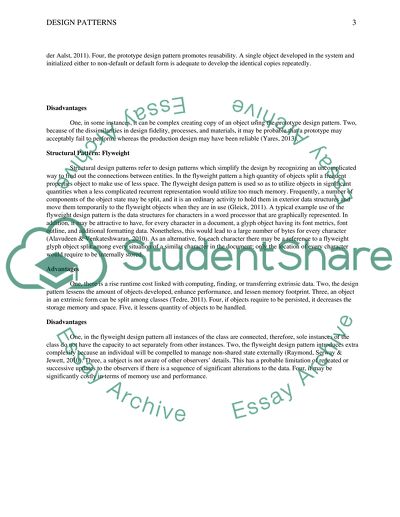Cite this document
(“Design patterns Research Paper Example | Topics and Well Written Essays - 1000 words”, n.d.)
Retrieved from https://studentshare.org/information-technology/1480456-design-patterns
Retrieved from https://studentshare.org/information-technology/1480456-design-patterns
(Design Patterns Research Paper Example | Topics and Well Written Essays - 1000 Words)
https://studentshare.org/information-technology/1480456-design-patterns.
https://studentshare.org/information-technology/1480456-design-patterns.
“Design Patterns Research Paper Example | Topics and Well Written Essays - 1000 Words”, n.d. https://studentshare.org/information-technology/1480456-design-patterns.


